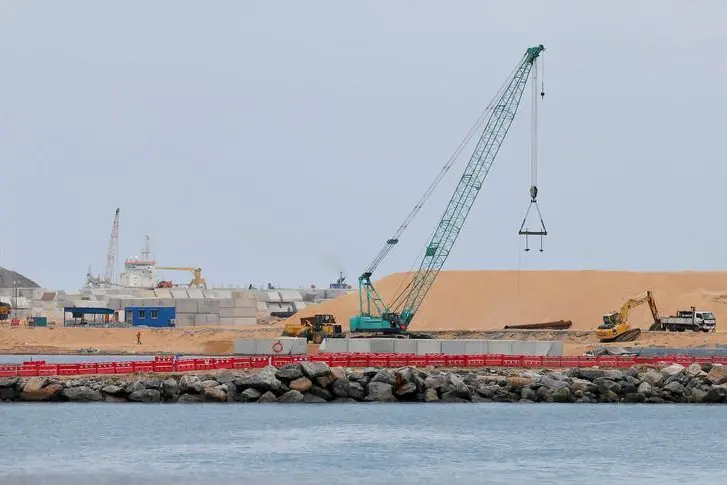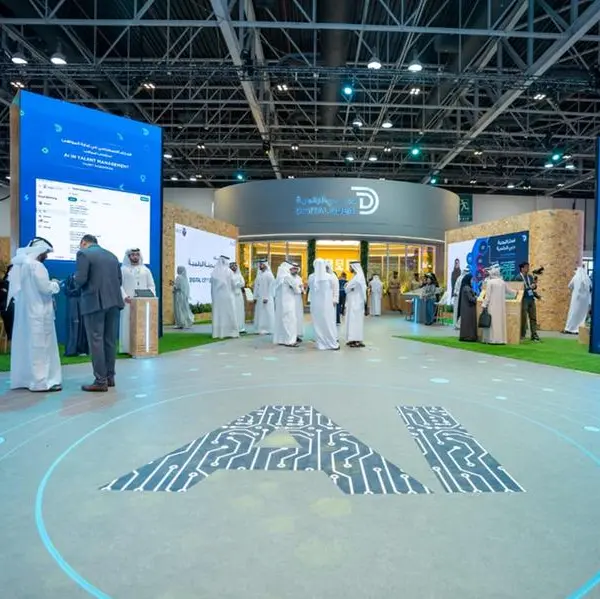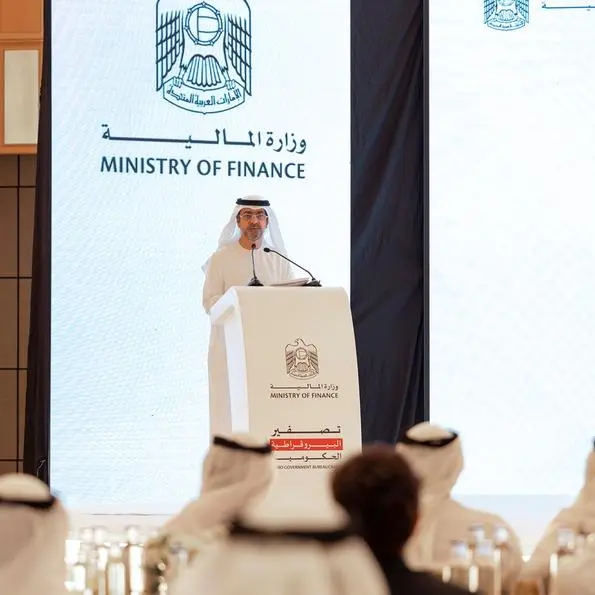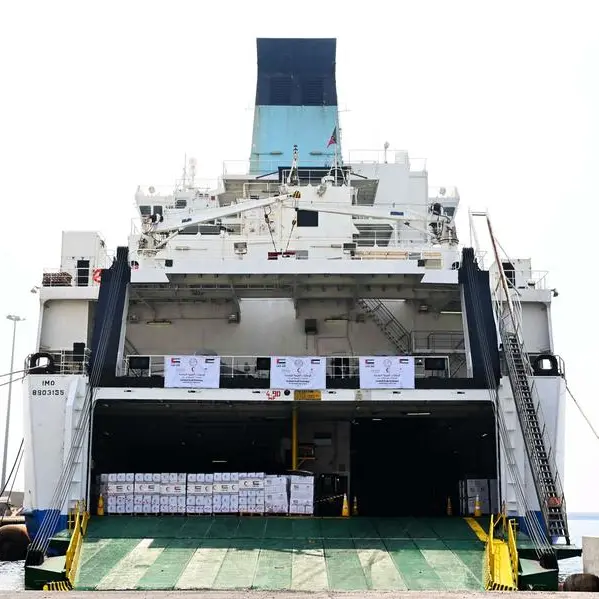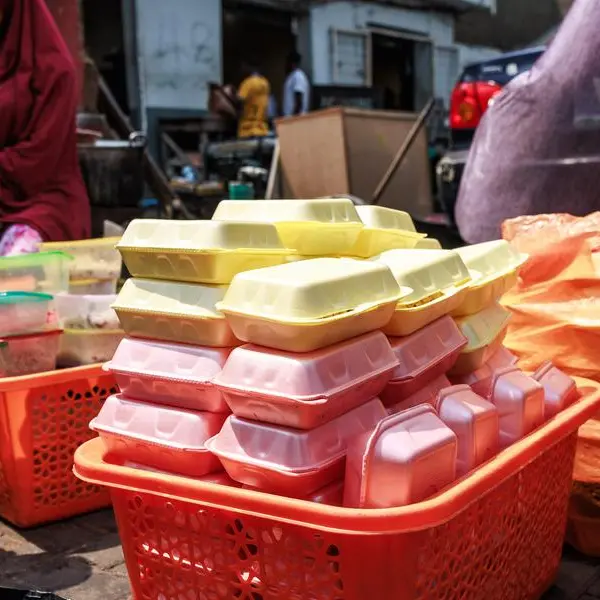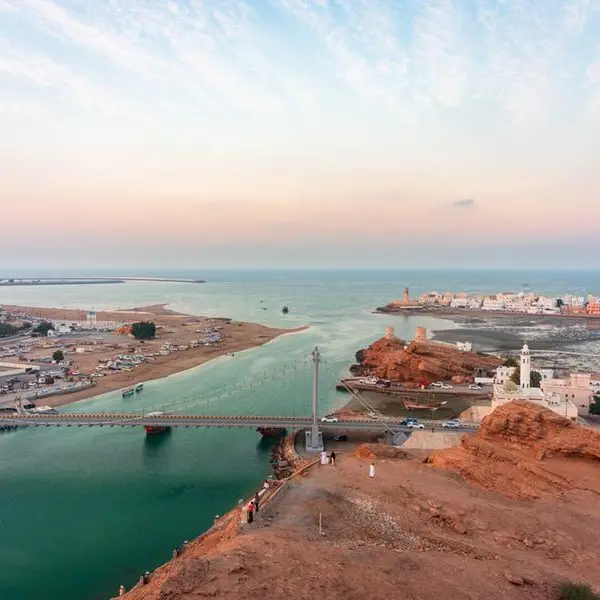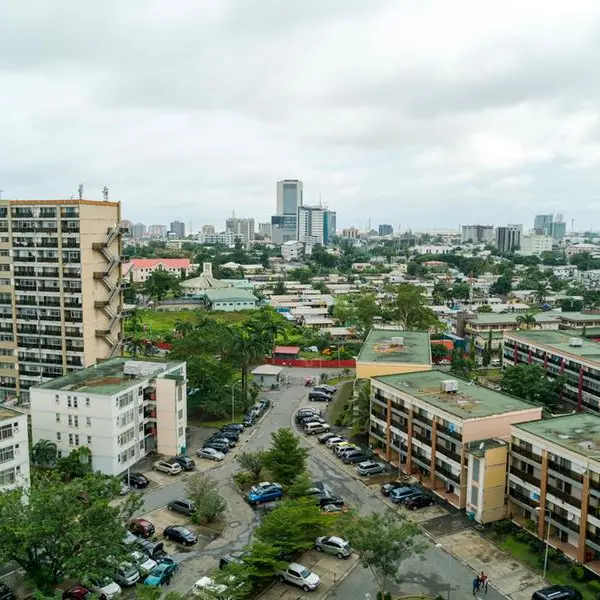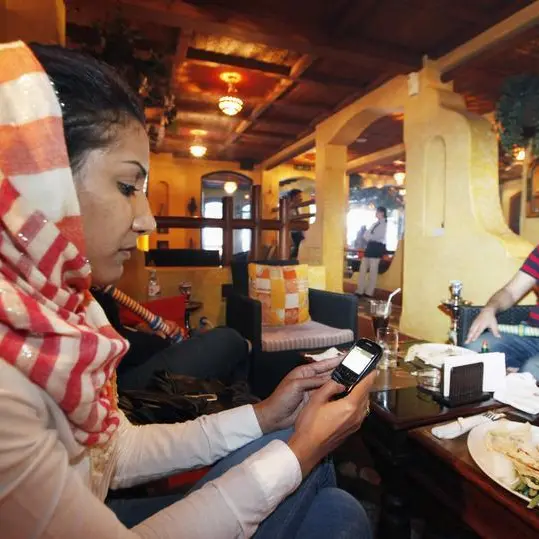PHOTO
POLONARRUWA, Sri Lanka - Amid the lush paddy fields of central Sri Lanka, a large, state-of-the-art hospital rises between the cranes and cement mixers.
Its perimeter walls are adorned with pictures of China's president Xi Jinping and prime minister Li Keqiang, along with Sri Lankan leaders hailing the $67 million gift from Beijing.
The hospital, specialising in kidney-related diseases, is helping China gain popular support in a country where its mega-projects have added to rising debt and raised concerns about excessive economic and political leverage.
Water plants and a Chinese radio station promoting its economic and social programmes are part of the campaign to win over doubters.
China has invested an estimated $11 billion in Sri Lanka, around $8 billion in the form of loans related to Xi's signature "Belt and Road Initiative" designed to boost trade and transport links across Asia.
Chinese firms, employing thousands of local workers, have built a giant port and plan to construct power stations and expressways as well.
But the terms of some of those projects have drawn criticism from politicians in Sri Lanka and overseas and led to policy reversals that have stalled China's ambitions on the Indian Ocean island.
"We ... expect our companies to help the Sri Lankan people with donations and corporate social responsibility work," China's ambassador to Sri Lanka, Cheng Xueyuan, said last month after inviting local journalists on a tour of the big Chinese investment projects on the island.
The charm offensive may pay dividends.
FRIENDS IN HIGH PLACES
This month's presidential election, won by Gotabaya Rajapaksa, puts Beijing back in the driving seat in Sri Lanka.
Gotabaya's brother, former president Mahinda Rajapaksa, courted China in the aftermath of the 26-year civil war against Tamil separatists that ended in 2009.
Much of the world shunned Sri Lanka, accusing the Rajapaksas of widespread human rights violations during the conflict - allegations which they deny.
China seized the opportunity to develop a vital staging post to much of Asia, Africa and beyond.
Ties soured in 2015 with the election of Maithripala Sirisena as president. Wary of growing Chinese influence and mounting debt, he suspended all Chinese investment projects, citing allegations of corruption and overpricing.
Sirisena eventually allowed projects to resume the following year, although he demanded changes to some terms.
At his inauguration on Monday, Rajapaksa said Sri Lanka didn't want to be drawn into a regional quest for influence. China's expansion has come at the expense of India, traditionally Sri Lanka's economic and diplomatic champion.
"We want to remain neutral in our foreign relations and stay out of any conflicts amongst the world powers."
But shortly before his election, adviser Palitha Kohona told reporters that Rajapaksa would "restore the relationship (with China) to where it was.
"I suppose the thinking was if we upset China, the West would come to us with endless bags of gold ... But the bags of gold never materialized."
HEARTS AND MINDS
At Polonarruwa, where the kidney hospital is due to open early next year, families say their struggle to get treatment should ease once they have an alternative to over-stretched local hospitals.
"It is really a good project because of the number of people who are suffering in this area. At the moment, we are struggling for routine checkups and dialysis," said Lakmal Prasad, 27, a former state employee who's already had a kidney transplant.
China has also completed two water facilities in a parched part of the island, while a third, the biggest, is nearing completion and will supply clean drinking water to villages in the Puttalam area.
But China's biggest interest lies in mega-projects. The new southern port of Hambantota, near one of the world's busiest shipping lanes, cost $1.4 billion and kicked off a major post-war construction boom.
It also raised fears of a "debt trap". When Sri Lanka was unable to pay back the loan on the port, it was forced to hand over control to China on a 99-year lease in 2017.
Ambassador Cheng said China's construction spree had created as many as 100,000 jobs across the island of 22 million people and there were more opportunities opening up.
To help spread the message, a Chinese state-run radio station broadcasts reports about Chinese-backed economic and social programmes in Sri Lanka in the local Sinhalese language.
It also offers lessons in Chinese language to help the growing number of Sri Lankans working with Chinese, from grocers to bank managers.
Last week, it featured a story about a Sri Lankan man who started working with Chinese telecom equipment maker Huawei in Sri Lanka a few years ago and the company moved him to Shanghai.
"NO ONE STOPPING THEM"
The next big-ticket projects that China wants to develop include a $1 billion central highway connecting the capital Colombo with the central Kandy district, a 15,000-hectare investment zone in Hambantota and oil refineries.
China Harbour Engineering Company is already building a $1.4 billion port city next to Colombo port that is designed to be a financial centre with hotels, marinas and even a motor racing track on land reclaimed from the sea.
"Their focus has been unrelenting; even over the last few years their projects have all gone through. There's no one stopping them, in the end," said an Asian diplomat. "But they are also doing a lot more of soft-power diplomacy."
To explain the sheer scale of the Belt and Road Initiative, Beijing has taken Sri Lankan politicians, journalists and local residents on tours to China.
Muhshi Rahmathullah, a former councillor in the northwestern town of Puttalam where China Machinery Engineering Corporation built a 900 MW coal-fired power station, said he was among a group of 15 people who went on a company-funded tour of China.
The Puttalam plant meets half of Sri Lanka's electricity demand, but some residents have opposed it, saying it had caused air and noise pollution.
"They showed us power plants and said that there won't be any environmental impact," Rahmatullah said of his trip. "They wanted to show how power plants help develop the country." ($1 = 180.5000 Sri Lankan rupees)
(Additional reporting by Aditi Shah and Ranga Sirilal; Editing by Mike Collett-White) ((mailto:sanjeev.miglani@thomsonreuters.com; +91 11 49548038; Reuters Messaging: sanjeev.miglani@thomsonreuters.com@reuters.net))
